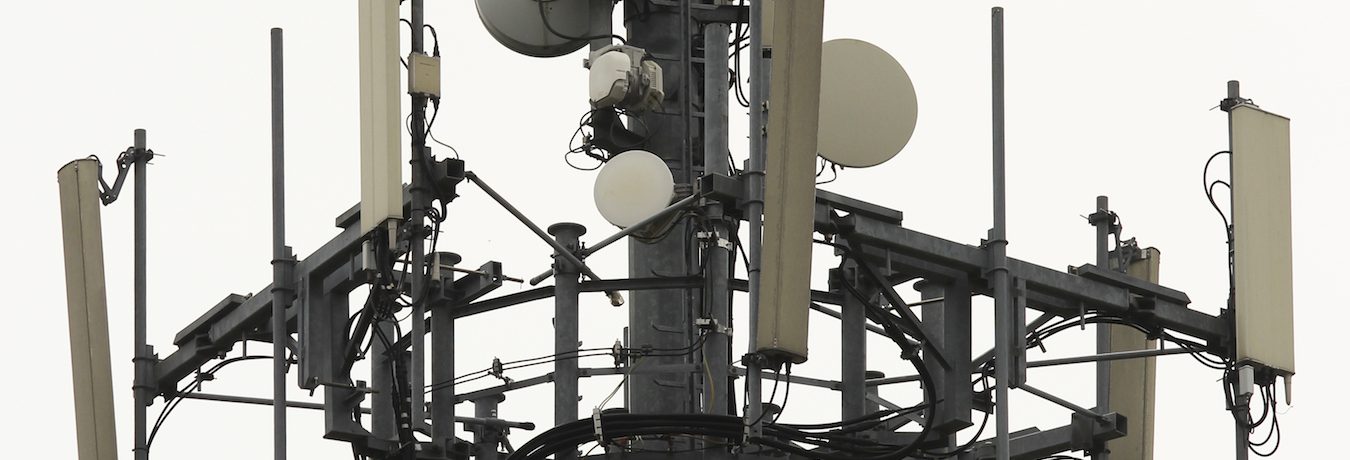Can MNOs offer outsourcing services for public safety networks?
Share:
Date:
October 2013

The commercial operator will face technical risks in meeting the requirements, but there is the prospect of significantly increased revenue from professional 'blue-light' organisations.
The commercial operator will face technical risks in meeting the requirements, but there is the prospect of significantly increased revenue from professional ‘blue-light’ organisations.
Historically, the emergency services and other public safety organisations have relied on private networks to meet their mission-critical needs. But as commercial technologies have developed, and as budgets have decreased, the concept of outsourcing at least part of public safety communications is becoming feasible. This article provides an overview of the ‘fundamental requirements’ of public safety users, and how commercial operators can become involved in extending mobile technology standards (and deploying those extensions) in order to tap in to this potentially lucrative market.
Key requirements of emergency networks
The three fundamental requirements for public safety networks are availability (coverage), resilience and control.
Public safety networks need a higher degree of coverage and availability than commercial networks because they have to be available during major incidents. We can see from the Boston Marathon bombing in April 2013 that standalone mission-critical networks played a key role in the swift response of the emergency services when the commercial networks were unavailable for voice calls because they were overloaded – MNOs were telling users to send texts instead.
Resilience ensures that networks continue to provide service when there are outages and is provided through duplicated links and long battery standby times on radio sites. Again, recent events in the USA such as Hurricane Sandy in New York in 2012, illustrate how cellular networks struggled to provide service at a critical time, because of flooding and power loss.
Finally, control over ownership of the assets used to provide public safety services is crucial because the networks need to carry restricted traffic, and although agreed levels of control can be built into contracts with commercial operators, assets can be at risk if ownership of the operator changes. As an example, a new owner may change the network and reduce coverage in areas that the public safety user considered vital.
However, although public safety organisations have favoured private networks, it should be remembered that many public safety networks already use commercial technologies, because traffic that is not mission critical – particularly data traffic – can be transferred cost effectively in this manner.
Public safety users are demanding more data-rich applications
Public safety users are showing similar trends to those in the wider society in that they are demanding more data-rich applications. They need access to databases, pictures, graphics and video. These cannot be carried on the existing narrowband networks, such as TETRA, TETRAPOL and Project 25.
Commercial operators can enter this arena in two ways.
- They can encourage public safety organisations to outsource their services on to their existing commercial networks. This is not yet viable for all voice traffic for the reasons discussed above, but is possibly an option for the longer term. Indications are that commercial networks will need to become more resilient over time given that the public increasingly relies on mobile communications – a reported 15% of homes in the UK no longer have a landline phone.
- They can work with public safety users to build private networks using commercial technologies such as LTE. This is the case in the USA where FirstNet is developing a nationwide interoperable mobile broadband network based on LTE for the emergency services, using public safety dedicated spectrum at 700MHz. The aim is for FirstNet to supplement mission-critical voice services (and critical data services), but this could be developed into a fully fledged public safety mobile broadband network in the future. Certainly, LTE networks have lower latency than 2G/3G networks, which is crucial to fast call set-up times for the emergency services (another reason why push-to-talk private mobile radio (PMR) networks have historically been preferred).
In other countries, just as in the USA, higher-bandwidth data services via LTE (or 3G) can be arranged with a single MNO, or with all national MNOs via an arrangement with a roaming operator (MVNO). A good example of this is the planned ASTRID MVNO in Belgium. ASTRID is the Belgian public safety operator, which already has a TETRA narrowband national network. It is setting up an MVNO working through a roaming partner into all four mobile networks. This arrangement will include preferential access and improve availability and resilience, because if one network does not provide coverage, another probably will, and if one network has a site failure, the other networks will continue to operate.
Public safety and LTE
In time, it is expected that LTE networks will support full mission-critical voice and all data services, and the 3GPP is working to introduce public safety functionality into LTE Release 12.
These may be dedicated networks, or commercial networks that have been ‘enhanced’ to meet the three fundamental public safety requirements. But given the discussions on public safety spectrum in Europe ahead of the World Radiocommunication Conference 2015, and the fact that PMR contracts such as the one with Airwave in the UK are due for renewal, now is the time for commercial operators to engage with public safety users, standards organisations and government on enabling public safety operations on 4G networks.
The commercial operator will face technical risks in meeting the requirements, and reputational risks should the network fail during a major incident, but there is the prospect of significantly increased revenue from professional ‘blue-light’ organisations. The previously mentioned Airwave network recorded revenue for the year ending June 2012 of GBP421 million (note that this includes revenue from other sources), which while still less than 10% of the annual revenue of a typical UK commercial operator, is not an insignificant figure.